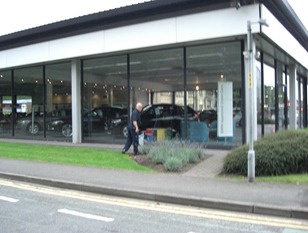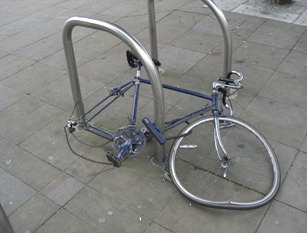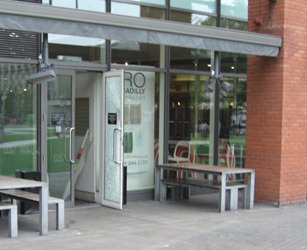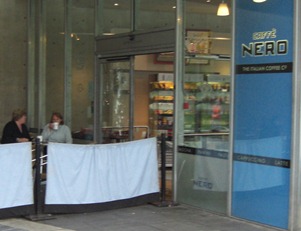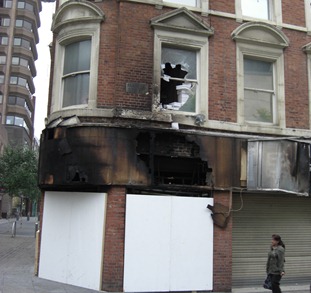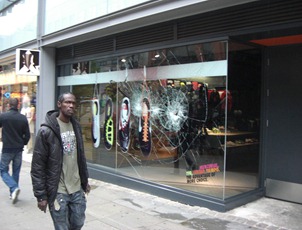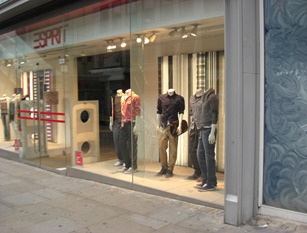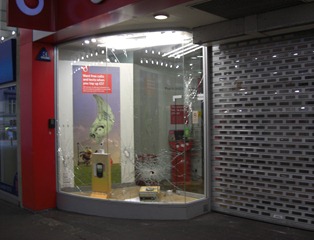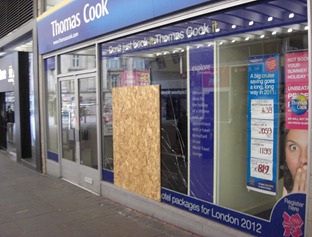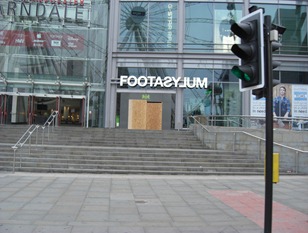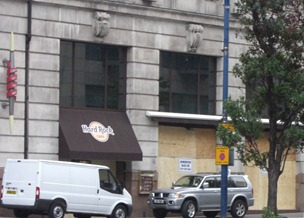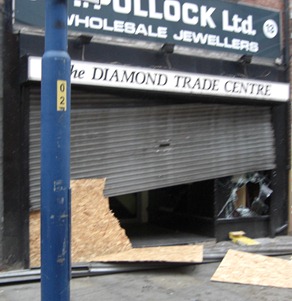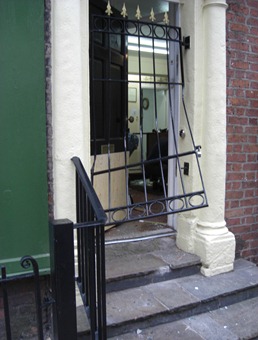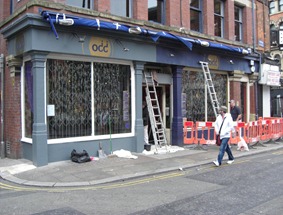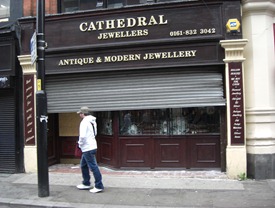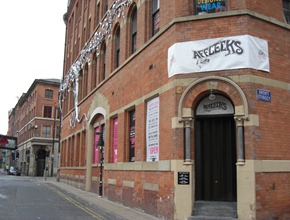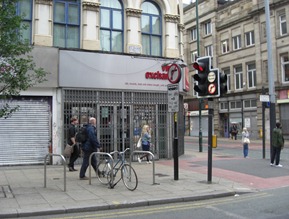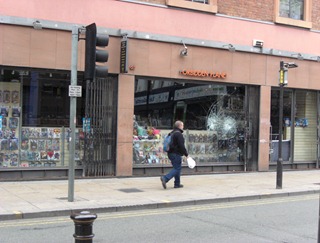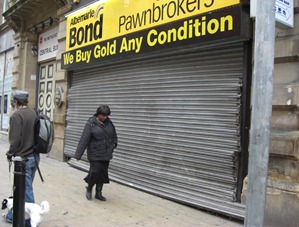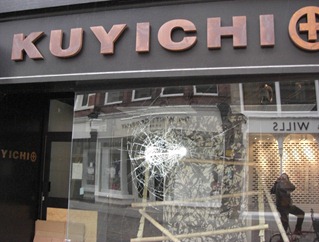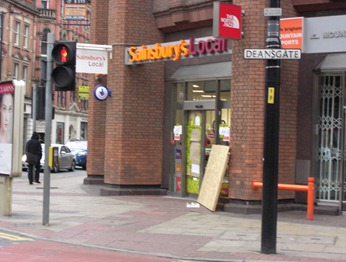The rider matters a lot more than the ride.
Wednesday 31 August 2011
Mass Obsession
The rider matters a lot more than the ride.
Wednesday 17 August 2011
CEoGB Poster Competition & Launch
UPDATE (From the CEoGB website):
Saturday 3rd September
(Smart ‘everyday’ wear and best smiles please; you might end up in the paper!) All types of bike and riders (including children) welcome.
Photos with the Houses of Parliament in the background. Speech by Jim Davis, Chair and founder of Cycling Embassy of Great Britain. CEoGB declared officially ‘open for business’.
Please bring picnic food and drink to share with your new found cycling friends to celebrate the launch of the Cycling Embassy. Family-friendly and child-safe enclosed park space. Sunglasses, picnic blankets and friendly smiles the order of the day. Please note; no glass, alcohol, banners or placards permitted in the park.
Wednesday 10 August 2011
The Morning After
At around 7 am this morning, I decided to have a ride around the streets of the city centre to survey the damage done by the looters. I was pleasantly surprised to see that the streets themselves had already been largely cleaned up by the city’s street cleaning crews. There was a greater police presence than usual, and a lot more glazers around than usual, but the damage itself seems to have been hugely exaggerated by the Twitter rumour mill and rolling TV news reports.
The back of the BMW dealership on Upper Brook Street had a window put through. I often encounter their employees on this back-road, moving cars from the forecourt to the back. Based on my encounters with them, I don’t have a great deal of sympathy here.
Admittedly, the smashing up of this poor bike could be unrelated to the wider disorder last night.
KRO Piccadilly, widely reported to have been ransacked, seems to have gotten away with only some damage to the door.
Caffe Nero at Piccadilly Gardens had a pane of glass smashed in their door, but is otherwise fine.
Jessops on Market Street, heavily boarded up. Apparently the looters didn’t have much luck getting into here, despite their best efforts.
Burned-out Miss Selfridges, Market Street.
The scumbag who was recorded setting Miss Selfridges on fire
Some damage to numerous shops on Market Street and the outside of the Arndale.
Hard Rock Cafe at The Printworks boarded up.
This independent jewellers near Shudehill was hit.
Another small business, in the Northern Quarter.
Odd bar (Northern Quarter) appears to have been re-glazed this morning.
Another small business, a Northern Quarter jewellers was attacked.
Despite loads of rumours to the contrary, Afflecks Palace, which was actually trending worldwide on Twitter at one point, is fine.
As is Vinyl Exchange.
This smashed up, abandoned monitor was the only piece of debris I saw on the streets.
Forbidden Planet’s window was damaged, but the shop doesn’t seem to have been breached.
These two establishments seem to have taken the worst of the damage on Oldham Street.
A bit of door damage to high & Mighty on King Street.
Another shop on King Street damaged.
Looters reportedly hit Sainsbury’s Local on Deansgate early on.
There was similar damage to some other businesses I passed too, although not on the sort of scale suggested by reports on Twitter and the rolling TV news. Thankfully the damage seems to have been a lot less severe than everyone was expecting. The Greater Manchester Police seems to have done an excellent job of containing the disorder last night, despite using tactics which appeared significantly less severe than those used against the largely peaceful anti-fees/anti-cuts protesters earlier this year. Perhaps there is a lesson there at least.


